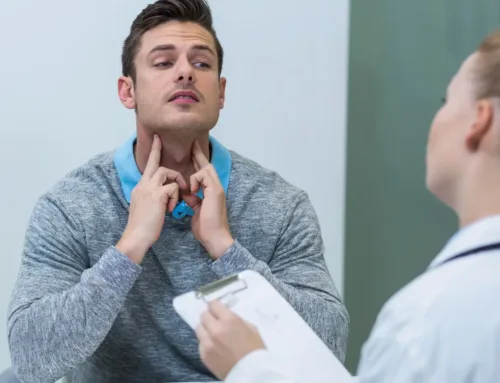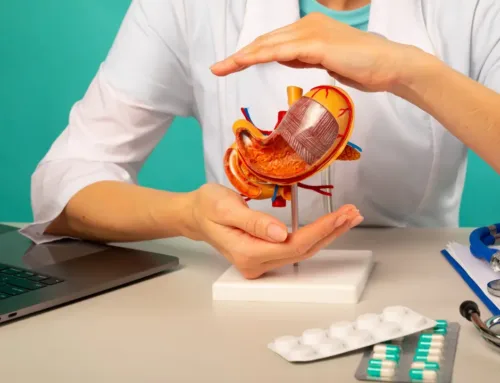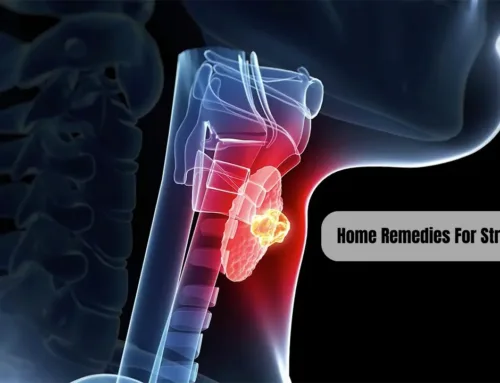STD stands for sexually transmitted diseases, aka sexually transmitted infections. They are
transmitted through sexual contact, including unvaginal, anal, and oral sex. Some of the commonest
are syphilis, HIV, AIDS, hepatitis B, HPV, etc. These types will be discussed in detail later on in the blog.
Going to the doctor for STDs can be very challenging and embarrassing for the individual, which
can result in the aggregation of the condition, which can be very damaging due to a lack of medical care.
People try to opt for home remedies, which only sometimes prove useful.
Transmission
STDs can be bacterial, viral, or fungal. These viruses are transmitted mostly through
unprotected sex with multiple partners, and few can even be transmitted through contact with the
skin. Some can be transmitted through blood or from mother to child during birth or breastfeeding.
Symptoms:
Symptoms for different STDs can vary, but a few common symptoms are listed below:
1) Pain and burning during urination.
2) Itching in the genital area.
3) Abnormal discharge from the penis or vaginal area.
4) Abnormal vaginal bleeding.
5) Sores or blisters in the affected area.
6) Painful or swollen testicles.
7) Fever, fatigue, or swollen lymph nodes.
Wouldn’t it be great if the patients didn’t have to go to the doctor and could get timely help through the
comfort of their homes? In this blog, we will discuss how people can get help with STDs at home.
and if it’s helpful or not. In this regard, telehealth has a very useful impact. Telehealth has caused
a shift in trend from at-home remedies to professional care.
Role of Telehealth:
Some of its benefits are listed below:
1) Increased Patient Engagement
Due to telehealth, patients can receive attention from highly qualified doctors, even in rural or
underserved areas, so they don’t have to travel to faraway places to get medical attention. Doctors can
easily follow up with their patients, which helps treat diseases most effectively and efficiently.
possible.
2) Mental peace:
Many patients find it embarrassing to go to the hospital for STDs, and due to this reason, many
Conditions can become critical, but with telehealth, they find it easy and relaxed and do not shy away.
from getting help.
3) Remote sample collection
Telehealth services have offered patients the opportunity the opportunity to collect samples at home with remote STD testing kits.
which can be used easily, and sent to the lab via mail.
4) Timely intervention
Through telehealth, specialists can assess symptoms, prescribe medication, and also give
preventive advice to the patient. They can closely monitor the patient and know if the patient’s
Health is deteriorating, and intervention is needed.
5) Counseling and education
Telehealth platforms provide education regarding safe sex practices and prevention and
symptoms of STDs. Patients’s concerns can be answered in a one-on-one meeting.
Treatment:
Treatment varies depending on type, severity, and individual factors like age and underlying
conditions. Some STDs can be cured, but some can only be managed but not cured.
The best treatment is prevention. Safe, protected sex can help eliminate such issues. There are
vaccinations available for some STDs like HPV and Hepatitis B.
Treatments for some common STDs are:
Chlamydia:
It can be treated with a course of antibiotics such as azithromycin or doxycycline. Sexual partners
should be asked to get tested and treated to prevent disease.
Gonorrhoea:
It is treated with a combination of ceftriaxone and either azithromycin or doxycycline. The partner
should be dealt with in the same way as chlamydia.
Syphilis:
It is treated mostly with a single injection of penicillin(an antibiotic) or sometimes multiple doses.
depending on stage and severity.
Genital Herpes:
Antivirals such as acyclovir or valacyclovir are used in the treatment. Acyclovir is taken several
times a day for 5–10 days; on the other hand, valacyclovir is taken less frequently.
Genital warts( HPV):
Various treatment options are available depending on severity.
Topical creams, like podofilox, are used. Wats can be removed via cautery, cryotherapy, or surgical
excision. Difficult cases can be treated via interferon injections and meticulous hygiene.
At telehealth, effective and safe treatment for sexually transmitted infections is available.
which can be acquired on the premises of your home. Our highly skilled team is readily available.
for help 24/7.






Leave A Comment